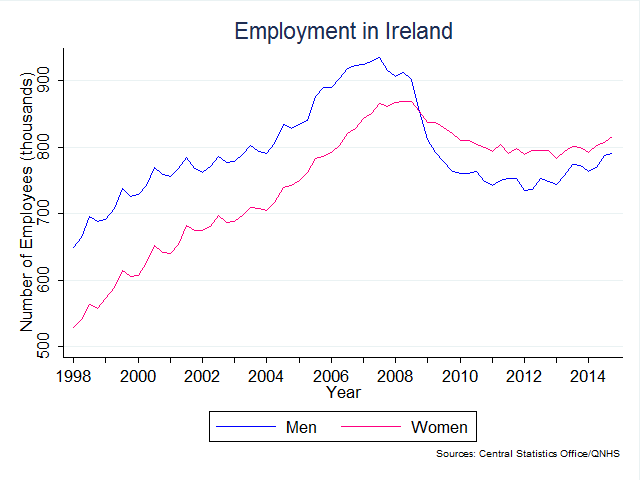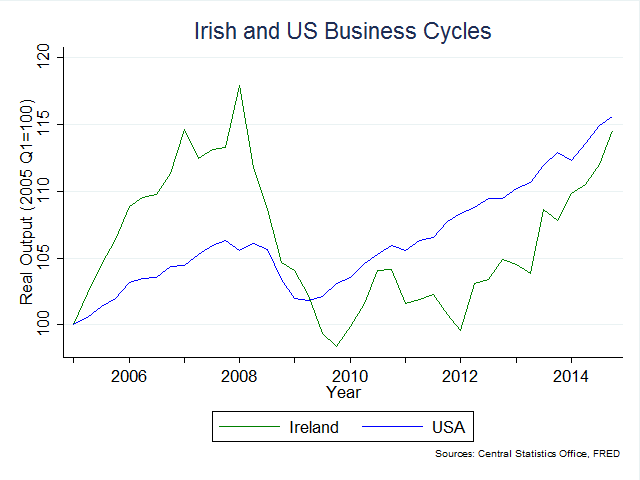Michigan’s Graduate Student Instructors (GSIs) receive student evaluations for every class they teach. The undergrads are invited to rate their GSIs using Likert Scales (aside: Likert had a degree in economics from the University of Michigan). Students see something like this:
| Overall, the instructor was an excellent teacher | ||||
| Strongly Disgree | Disagree | Neutral | Agree | Strongly Agree |
The Registrar compiles this data, encoding “Strongly Disagree” as 1, “Strongly Agree” as 5, etc. They then provide GSIs with what is called their “Median score”, which is actually a slightly complicated interpolated form of the median.
The application of medians to discrete values was perplexing, so I asked the Office of the Registrar to provide me with the exact formula they use. They did so, and I reproduce it here in case any GSI in the future ever wonders as I once did. (I checked: the Registrar has no objection to this being made public knowledge.)
Their formula, which requires some lingo that is explained below, is:
\(\text{Median } = \text{Lower Real Limit } + \frac{0.5N – a}{b}\)Calculate the range the median must lie in, e.g. somewhere between 2 and 3. Let’s call this range “the interval”. The Lower Real Limit is the midway point of the interval, i.e. 2.5.
The total number of observations (in the whole sample) is denoted \(N\). Denote as \(a\) the number of responses below the Lower Real Limit. In this example, \(a\) would be equal to the numbers of 1s and 2s.
Recall that our interval is the range between 2 and 3. The upper-limit of this is 3. Finally, denote as \(b\) the number of observations that choose the upper-limit of this interval, i.e. the number of people that chose 3.
Now for an example, suppose you have the following scores:
| Score | 1 | 2 | 3 | 4 | 5 |
| Frequency | 2 | 1 | 8 | 14 | 7 |
By inspection, the median cannot be greater than 4 and cannot be lower than 3. Therefore our interval is 3-4, with a Lower Real Limit of 3.5. There are 32 responses, so \(N=32\). Eleven people chose a score below the Lower Real Limit, so \(a=11\). Fourteen people chose the upper-limit of the interval, so \(b=14\). Plugging this into our equation above:
\(\text{Median } = 3.5 + \frac{0.5(32) – 11}{14} = 3.86\).

